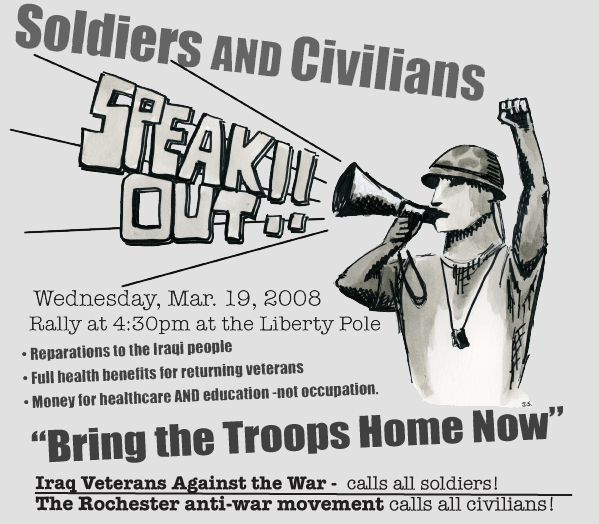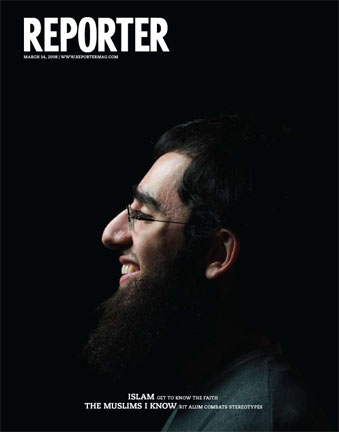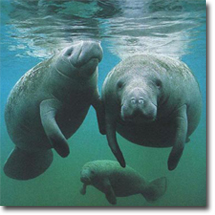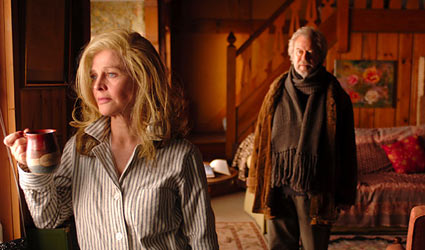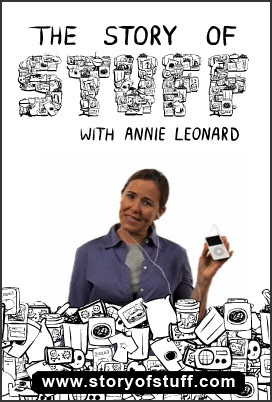my friend pacho lane sent me this excellent article by waleed ziad. he reiterates many of the facts my husband and i tried to explain in our “open letter to our senators and congress people about the crisis in pakistan” (post filed under “activism” dated 11/21/07). here is the article:
in pakistan, islam needs democracy
WHILE it’s good news that secular moderates are expected to dominate Pakistan’s parliamentary elections on Monday, nobody here thinks the voting will spell the end of militant extremism. Democratic leaders have a poor track record in battling militants and offer no convincing remedies. Pakistan’s military will continue to manage the war against the Taliban and its Qaeda allies, while President Pervez Musharraf will remain America’s primary partner. The only long-term solution may lie in the hands of an overlooked natural ally in the war on terrorism: the Pakistani people.
This may come as a surprise to Americans, but the Wahhabist religion professed by the militants is more foreign to most Pakistanis than Karachi’s 21 KFCs. This is true even of the tribal North-West Frontier Province — after all, a 23-foot-tall Buddha that was severely damaged last fall by the Taliban there had stood serenely for a thousand years amid an orthodox Muslim population.
Last month I was in the village of Pakpattan observing the commemoration of the death of a Muslim Sufi saint from the Punjab — a feast of dance, poetry, music and prayer attended by more than a million people. Religious life in Pakistan has traditionally been synonymous with the gentle spirituality of Sufi mysticism, the traditional pluralistic core of Islam. Even in remote rural areas, spiritual life centers not on doctrinaire seminaries but Sufi shrines; recreation revolves around ostentatious wedding parties and Hollywood, Bollywood and the latter’s Urdu counterpart, Lollywood.
So when the Taliban bomb shrines and hair salons, or ban videos and music, it doesn’t go down well. A resident of the Swat region, the site of many recent Taliban incursions, proudly told me last month that scores of citizens in his village had banded together to drive out encroaching militants. Similarly, in the tribal areas, many local village councils, called jirgas, have summoned the Pakistani Army or conducted independent operations against extremists. Virtually all effective negotiations between the army and militants have involved local councils; in 2006, a jirga in the town of Bara expelled two rival clerics who used their town as a battleground.
The many militant outfits in the frontier regions are far from a unified popular movement. Rather, they are best characterized as ethnic or sectarian gangs, regularly changing names and loyalties. More often than battling the army, they engage each other in violent turf wars. For many of them — some with only a handful of members — “Taliban” is a convenient brand name that awards them the status of international resistance fighters. It is not uncommon for highway bandits to declare themselves Taliban when stealing tape decks from vehicles.
The Taliban franchise that has battled the army for months in the Swat Valley is held by an outfit whose founder marched thousands of local youths to their death in a campaign in Afghanistan in 2002. Upon returning, he virtually solicited his own arrest by Pakistani authorities to escape the vengeance of the victims’ families. The group is now led by one “Mullah Radio” who, armed with an FM station, preaches that polio vaccinations are a Zionist plot and that the 2005 earthquake was retribution for a sinful existence. A worrisome crank, yes, but hardly Osama bin Laden.
The big problem — as verified by a poll released last month by the United States Institute of Peace — is that while the Pakistani public condemns Talibanism, it is also opposed to the way the war on terrorism has been waged in Pakistan. People are horrified by the thousands of civilian and military casualties and the militants’ retaliatory attacks in major cities. Despite promises, very little money is going toward development, education and other public services in the frontier region’s hot zones. This has led to the belief that this war is for “Busharraf” rather than the Pakistani people.
Naturally, Washington must continue working with Mr. Musharraf’s government against extremism. But we also need a new long-term policy like the one outlined by Senator Joe Biden last fall that would strengthen our natural allies and rebuild faith in the United States at the public level.
This isn’t just wishful thinking. Interestingly, the Musharraf era has heralded a freer press in Pakistan than ever before. Dozens of independent TV channels invariably denounce the Taliban, while educational institutions are challenging the Wahhabist ethos. My conversations with Pakistanis, from people on the street to intellectuals, artists and religious leaders, only confirmed that after the assassination of Benazir Bhutto, anti-militant sentiments are at a peak.
This is where the lasting solution lies. As Donya Aziz, a doctor, former member of Parliament and prominent voice in the new generation of female leaders, told me: “Even now, as the public begins to voice its anti-militancy concerns, politicians across the board are seizing the opportunity to incorporate these stands into their political platforms.”
What can America do? Beyond using our influence to push the government to expand democracy and civil society, we need to develop close ties with the jirgas in the violent areas. The locals can inform us of the best ways to infuse civilian aid. (According to Ms. Aziz, “the foremost demand of the tribal representatives had been girls’ schools.”) We should also expand the United States Agency for International Development’s $750 million aid and development package for the federally administered tribal areas.
If next week’s elections are free and fair, it will be an encouraging sign for Pakistan. But as far as Washington is concerned, this should constitute only the first stage of a broader policy intended to make average Pakistanis see the United States as a long-term partner. In the aftermath of the 2005 earthquake, American popularity soared as American aid helicopters — widely called “Angels of Mercy” — soared to the rescue. If we can bear in mind that our long-term interests are the same as those of average Pakistanis, the challenges of fighting the militants and rebuilding credibility may not be as daunting as they seem.
Waleed Ziad, an economic consultant, is an associate at the Truman National Security Project.









